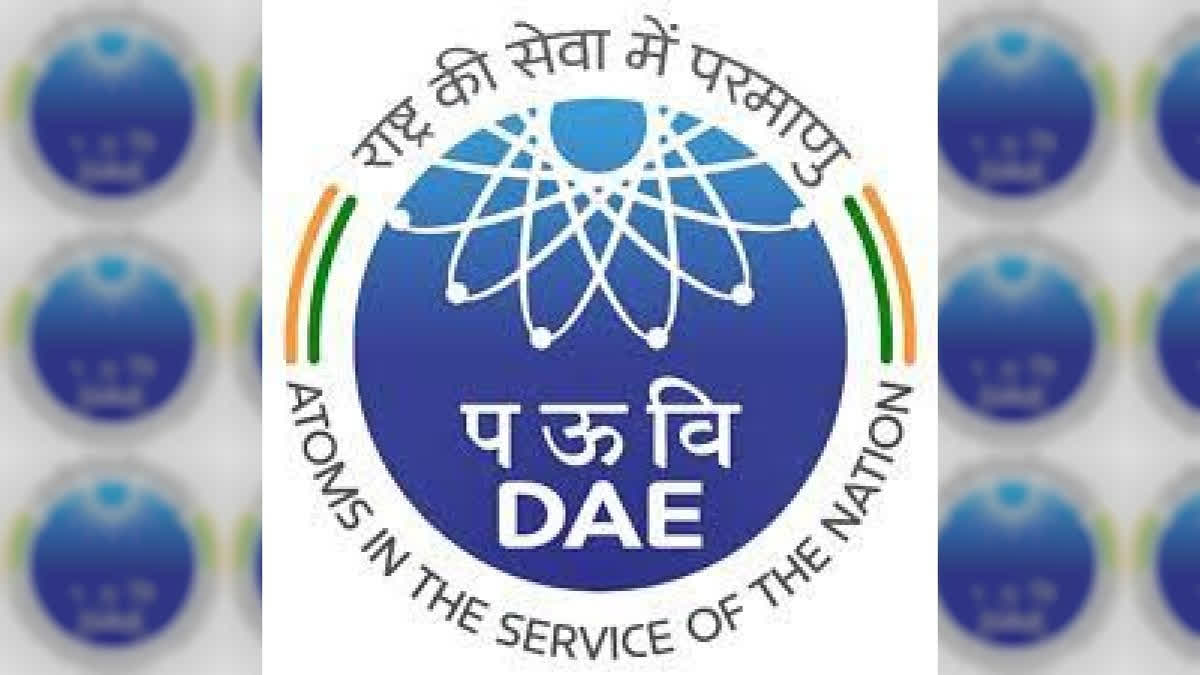New Delhi: Being aware of the fact that Chemical, Biological, Radiological and Nuclear (CBRN) weapons can be used by terrorist organisations as instruments of terrorism, India has developed a “State of the Art” radiation monitoring system for large areas with radioactive contamination in case of nuclear and radiological emergencies and threats, the Parliament has been informed on Monday.
The system can search, detect and provide quick qualitative and quantitative assessment of orphan radioactive sources.
Disclosing India’s strategy in a report “Countering Global Terrorism at Regional and International Levels”, the Ministry of External Affairs in its 28th report said that the Department of Atomic Energy (DAE) has prepared its ‘Crisis Management Plan’ which includes a response during any crisis scenario arising due to malicious act during transport of radioactive and nuclear material or explosion of RDD (Radiological Dispersal Device).
Training courses on 'Preparedness and Response to Radiation Emergencies' are routinely carried out for the response agencies and radiation emergency exercises are conducted at regular intervals, the report said.
“A ‘Crisis Management Group’ exists at DAE, to deal with any nuclear or radiological emergency in the public domain. A 24x7 ECR (Emergency Communication Room) is maintained at DAE for emergency communications,” the committee chaired by BJP MP PP Chaudhary said in the report tabled in the Lok Sabha.
He said that India has a system for prevention and detection of threats of malicious acts involving radioactive and nuclear materials, and also preparedness for response to such emergencies.
“The Department of Atomic Energy (DAE) along with the Ministry of Home Affairs (MHA) is the nodal department for any crisis arising due to the release of radioactivity in the public domain within the country (including any release due to malicious acts using radioactive material),” the report said.
The Atomic Energy Regulatory Board (AERB) provides robust regulatory measures for the security of nuclear and radiological material through continuous oversight carried out by a large pool of highly trained and specialized manpower dedicated to this purpose.
“In line with its commitment to maintaining effective security of radioactive sources throughout their life cycle, India has recently carried out an exercise on a campaign mode towards identification and safe disposal of unused radioactive sources,” the report stated.
India has also recently further strengthened its national procedures for both the export and import of radioactive sources based on the supplementary guidelines.
Emphasising that National Disaster Response Force (NDRF) is one of the agencies that respond to CBRN contingencies, the report further said that 180 CBRN teams each with a strength of 47 are authorized in the National Disaster Response Force (NDRF) and placed at various locations across the country.
“So far 9134 NDRF officers and men have undergone CBRN training including 61 Radiological Safety Officers (RSOs), 255 Training of Trainers (ToTs) Courses, 120 Master Trainers (MTs) Courses and 34 Mobile Radiation Detection System (MRDS) Courses,” the report added.
- " class="align-text-top noRightClick twitterSection" data="">
Read More



